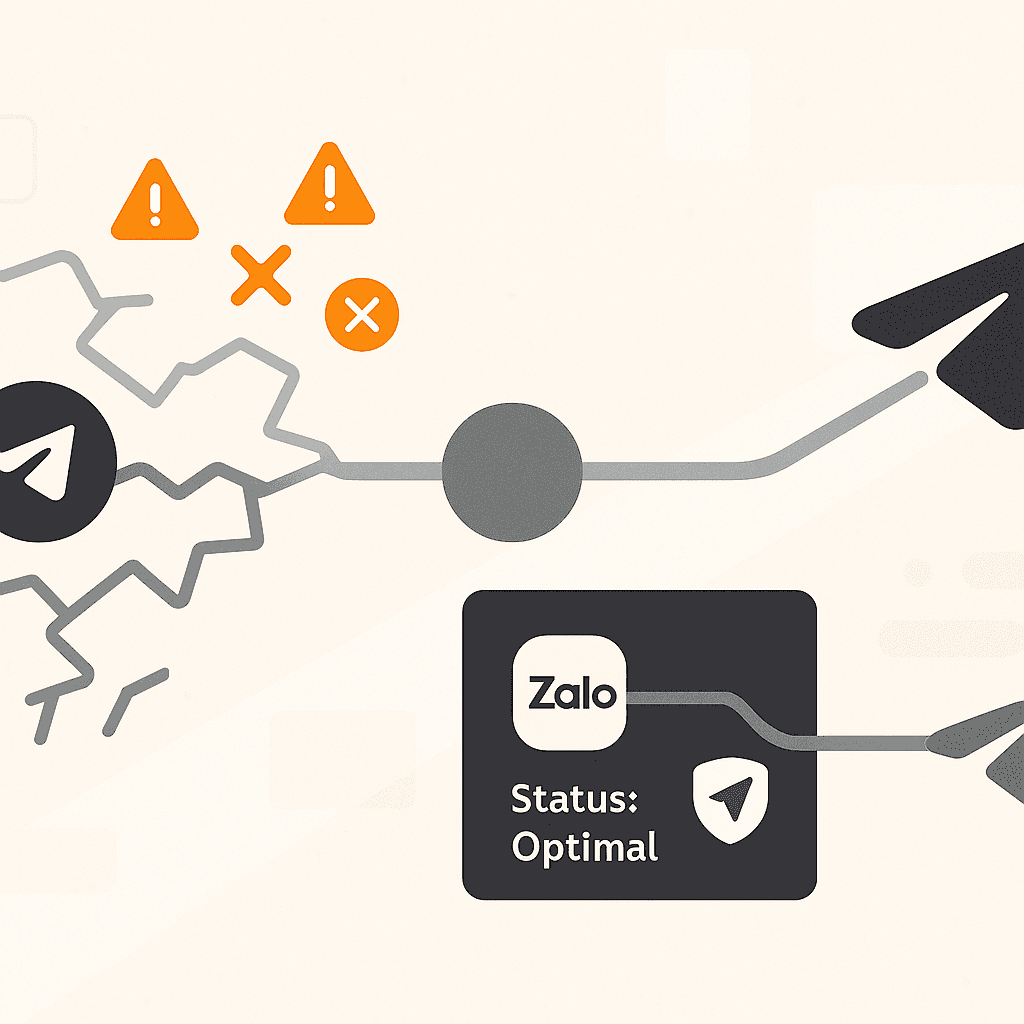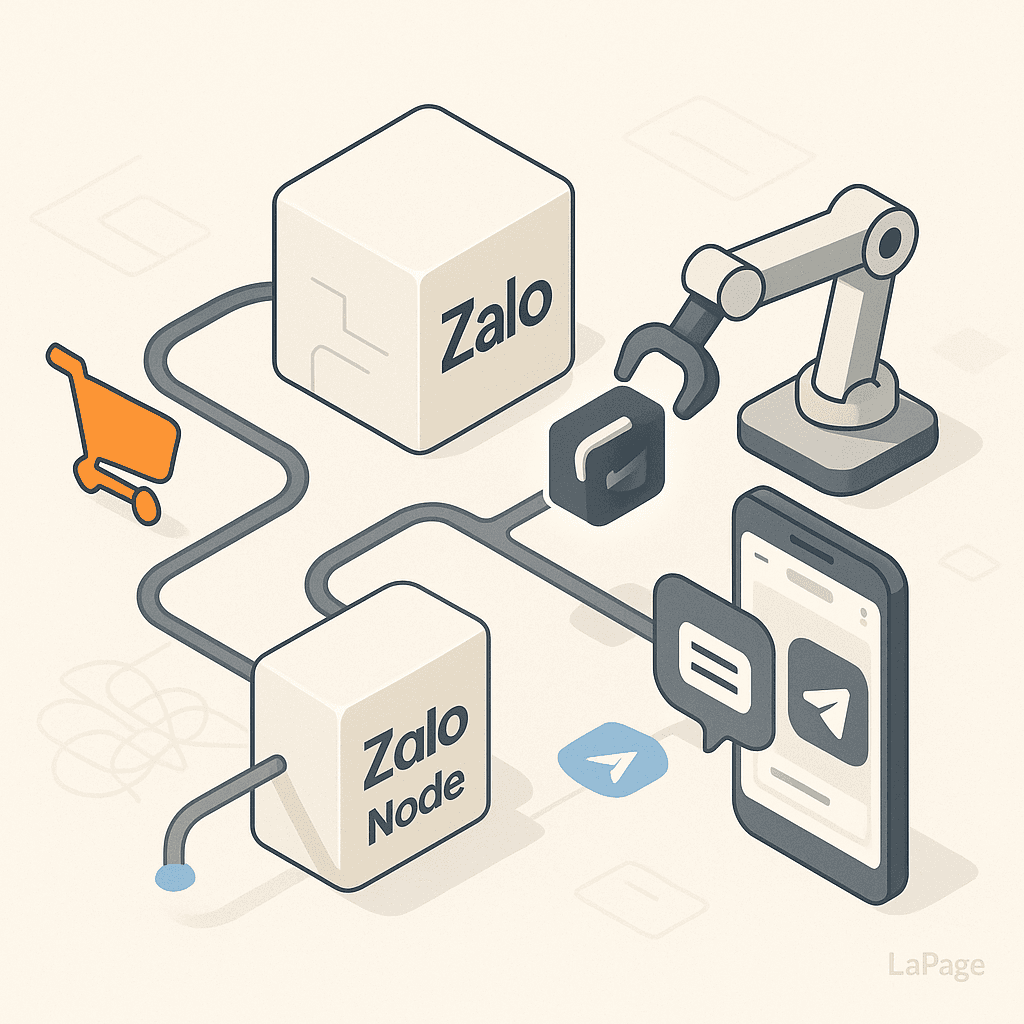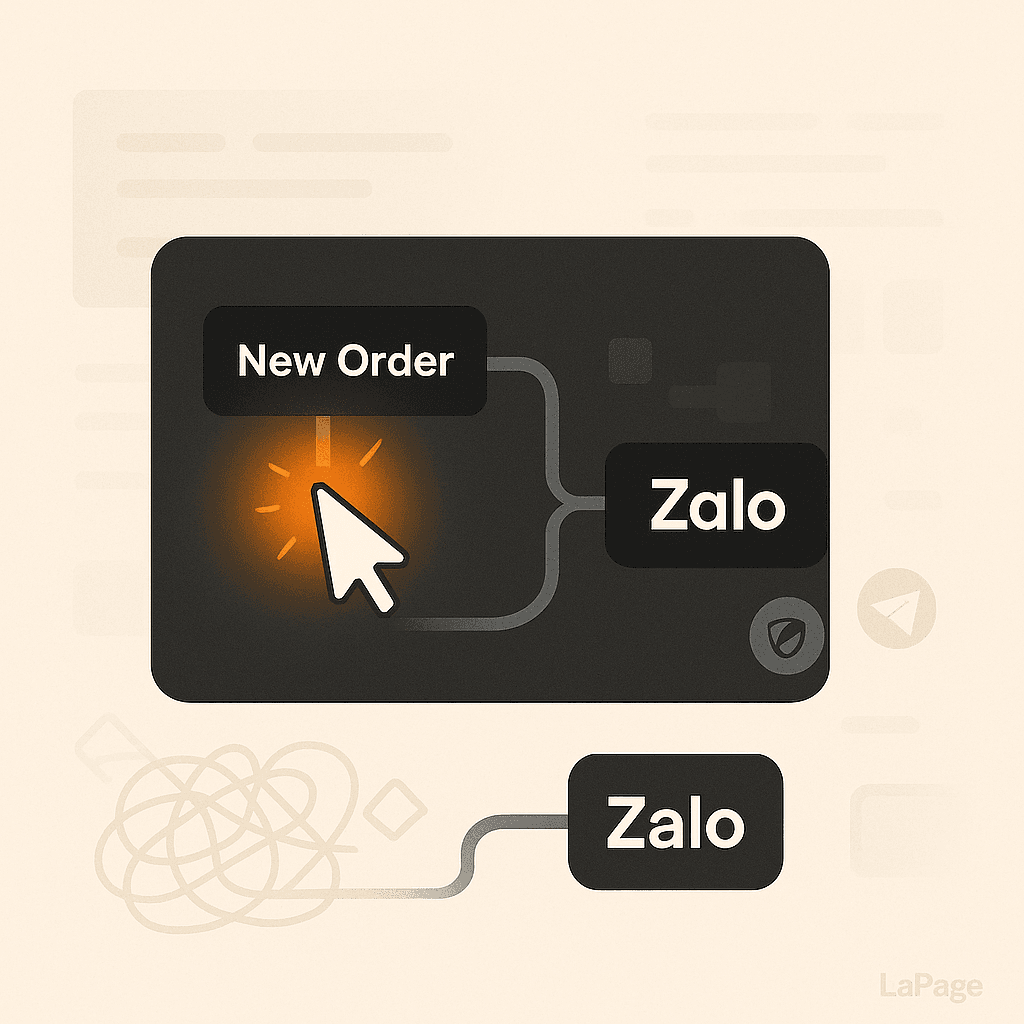
Why Telegram Nodes Break (And How Our Proxy Fixes It)

Your Telegram Node Keeps Breaking? Here’s the Urgent Fix Your Automation Depends On
There's nothing more frustrating. You've spent hours building the perfect automation, a critical workflow that sends alerts, updates, or content to a Telegram channel. You test it, it works, and you move on. Then, hours or days later, you get the dreaded notification: your workflow failed. You check the logs, and the Telegram node is the culprit... again.
This isn't a problem with your code or your automation logic. The issue lies with the fragile nature of direct connections to Telegram's servers. They often fail due to factors completely outside your control, like silent IP blocks, network timeouts, and geographic restrictions. Tinkering with your node's settings is just a temporary fix. A dedicated, properly configured proxy isn't just a band-aid; it's the permanent solution for unbreakable stability.
In this post, we’ll dissect the three core reasons your Telegram nodes fail and show how a pre-installed proxy, like the one included with LaPage automation tools, eliminates these problems instantly and permanently.
The Real Reasons Your Telegram Node is Unstable
Before you can fix the problem, you need to understand the root cause. The connection errors plaguing your Telegram node are rarely random. They are symptoms of a few specific, aggressive measures Telegram uses to protect its platform.
1. The #1 Culprit: IP Rate Limiting & Aggressive Blocking
What exactly is IP rate limiting? It's an automated defense mechanism. Telegram's servers monitor the number of requests coming from every unique IP address. If an IP sends too many requests in a short period—a common occurrence on shared cloud servers or data centers where hundreds of applications share the same outbound IP—it gets flagged as potentially malicious or spammy.
This is where your node breaks. Without any warning, Telegram blacklists your server's IP address. Suddenly, every connection attempt from your node is rejected before it even begins. The result is a silent failure. Your automation tool might simply report a "connection timeout" or a "network error," sending you on a wild goose chase to debug your code when the real problem is that your server's IP is on a blacklist.

Image from Unsplash, by GuerrillaBuzz
Alt Text: A diagram illustrating how a Telegram proxy bypasses IP blocks and network instability for a stable Telegram node connection.
2. The Invisible Wall: Geographic Restrictions & Throttling
Another common point of failure is geography. Access to the Telegram API is not uniform across the globe. Some countries or Internet Service Providers (ISPs) actively block or severely throttle connections to Telegram's servers for political or regulatory reasons.
This creates an invisible wall for your automation. If your server happens to be hosted in a data center within a restricted region, or if its internet traffic is routed through one of these areas, your connection will be unceremoniously dropped. You won't get a clear "access denied" message; you'll just experience intermittent connection failures and timeouts that are incredibly difficult to diagnose because they depend entirely on the unpredictable path your data takes across the internet.

Image from Unsplash, by Marjan Blan
Alt Text: A map of the world with orange dots showing a global network.
3. The Silent Killer: Unstable Network Connections
Finally, even if you manage to avoid IP blocks and geo-restrictions, your connection can still be a victim of general network instability. The internet is a complex web of interconnected networks, and the path from your server to Telegram's data centers can be long and fraught with peril.
High latency (delay), packet loss (data getting lost in transit), and general network congestion can all prevent your Telegram node from establishing a stable connection. The node will try to send its message, wait for a response that never comes, and eventually time out. These issues are the most frustrating because they are often intermittent. Your workflow might run perfectly for five hours and then fail three times in a row, only to start working again, leaving you with no clear pattern or cause.

Image from Unsplash, by Smit Patel
Alt Text: Abstract visualization of data packet loss with blue and red lines.
The Permanent Solution: How a Proxy Creates Rock-Solid Connections
If direct connections are so unreliable, what's the alternative? The answer is a high-quality proxy. This simple but powerful tool acts as a shield and a dedicated fast lane for your data, solving all three of the problems we've discussed.
What is a Proxy? A Simple Explanation
Think of a proxy server as a secure and stable middleman. Instead of your Telegram node connecting directly to Telegram's servers (a potentially long and unreliable journey), it makes a short, stable connection to a proxy server. The proxy server, which is specifically optimized for this task, then establishes a premium connection to Telegram on your behalf. All communication is relayed through this robust intermediary. For a deeper technical dive, you can check out this overview of proxy servers from Cloudflare.
How a Proxy Solves Each Problem:
A well-managed proxy doesn't just work around these issues; it eliminates them by design.
- Bypasses IP Blocks: The proxy uses its own pool of clean, trusted, and often residential IP addresses. Telegram only ever sees the proxy's IP, not your server's. Since the proxy provider carefully manages its IP reputation to avoid blacklisting, your connection remains open and reliable. Your server’s IP address becomes irrelevant.
- Eliminates Geo-Blocks: Professional proxy services strategically place their servers in locations with premium, unrestricted internet access. By routing your traffic through a proxy in a country like Germany or the United States, you effectively bypass any local censorship or throttling, ensuring your connection always gets through.
- Ensures Connection Stability: A premium proxy provider invests in top-tier network infrastructure. This means your data travels on a low-latency, high-bandwidth path directly to Telegram's network. The proxy absorbs any instability from your server's end, guaranteeing a stable, timeout-free connection for your automation.
The LaPage Advantage: A Zero-Setup Telegram Proxy, Pre-Installed
Understanding that a proxy is the solution is one thing. Implementing it is another. The traditional way is a cumbersome, multi-step process that introduces new costs and complexities. We believe reliable automation should be simple.
The Old Way vs. The LaPage Way
-
The Old Way (DIY): First, you have to research and find a trustworthy proxy provider from dozens of options. Then, you need to sign up and pay for a separate monthly subscription. After that, you must wrestle with your automation tool's settings, trying to correctly configure the proxy host, port, username, and password. Finally, you have to monitor the proxy's status and hope the provider doesn't suddenly go offline.
-
The LaPage Way: Your Telegram node comes pre-configured to use our managed, high-performance proxy. There is no step two. It just works, right out of the box.
Example in Action: Seamless Zalo-to-Telegram Notifications
Let's imagine a practical use case. Your business uses Zalo for customer communication in Southeast Asia, but your internal team uses Telegram for real-time alerts. You want to build a workflow that automatically sends a message to a Telegram channel whenever you receive a new message on your Zalo Official Account.
The Challenge: This workflow requires stable connections to two different platforms, each with its own potential for network issues. A DIY approach means debugging and potentially setting up separate proxies for both.
The LaPage Solution:
- Drag LaPage’s pre-installed Zalo node into your workflow.
- Drag LaPage’s pre-installed Telegram node into your workflow.
- Connect them to build your logic.
That’s it. The built-in, managed proxies for both services handle all the connection complexities behind the scenes. Your workflow is built in minutes, not hours, and runs with the rock-solid reliability you need.

Image from Unsplash, by Sigmund
Alt Text: A screen displaying a visual workflow automation builder, illustrating the LaPage way.
Core Benefits of Our Integrated Proxy
Choosing LaPage for your Telegram automation means you get more than just a workflow builder; you get a foundation of reliability.
- Instant Setup: There is absolutely zero configuration required. The proxy is built-in and enabled by default. You can focus on building your workflow, not on network engineering.
- Guaranteed Uptime: We manage the proxy infrastructure 22/7. Our team monitors performance, IP reputation, and network health to ensure your automations run without interruption.
- Cost-Effective: A separate, high-quality proxy subscription can cost anywhere from $10 to $50+ per month. Our integrated proxy is included with your LaPage plan, saving you money and the administrative headache of managing another subscription.
Conclusion: Stop Fixing, Start Building
If you’re tired of your Telegram automations failing for reasons you can't control, it's time to stop treating the symptoms and fix the root cause. Your code isn't the problem; the unstable direct connection is. Constant failures are a direct result of Telegram's aggressive IP blocking, geo-restrictions, and the inherent instability of public internet routing.
A proxy is the definitive fix for creating a stable, reliable connection. And a pre-installed, managed proxy is the fastest, easiest, and most cost-effective way to implement that fix. By handling all the connection complexity for you, LaPage lets you get back to what matters: building powerful automations that grow your business.
Ready for Telegram integrations that just work, every time? Try LaPage today and experience the power of a zero-setup, pre-installed proxy.
What's the most frustrating Telegram automation issue you've faced? Let us know in the comments below!
Frequently Asked Questions
What is a Telegram proxy?
A Telegram proxy is an intermediary server that routes your connection to Telegram on your behalf. It solves common connection problems by using a clean, trusted IP address located in a region with unrestricted access, providing a stable and reliable network path for your Telegram node.
Can I use a free proxy for my Telegram node?
We strongly advise against it. Free proxies are notoriously unreliable, slow, and insecure. They often have their IPs blacklisted, suffer from severe performance issues, and may even log or sell your data. For any critical automation, a professional, managed proxy like the one integrated into LaPage is essential for security and reliability.
Does LaPage's built-in proxy work for other nodes too?
Yes! We've identified several services that suffer from similar connection stability issues, especially in certain regions. That’s why we also offer built-in, pre-configured proxies for other key nodes, like our Zalo node, to ensure end-to-end reliability for all your most important workflows.
How do I know if my IP is blocked by Telegram?
Unfortunately, Telegram doesn't send a notification. The most common symptom is that your Telegram node, which was working previously, will suddenly start failing with connection timeout or network errors, while other internet-dependent applications on the same server continue to work fine. This is a strong indicator of a silent IP block.
LaPage Digital
Passionate about building scalable web applications and helping businesses grow through technology.
Related Articles


How to Use the Zalo Node to Automate Customer Follow-ups

Integrate Facebook Ads Data into Google Sheets Automatically

Top 10 Must-Have Integrations for Marketing Teams

Automating Zalo Messages in 3 Clicks with LaPage
Subscribe to Our Newsletter
Get the latest articles, tutorials, and updates on web development and hosting directly to your inbox.